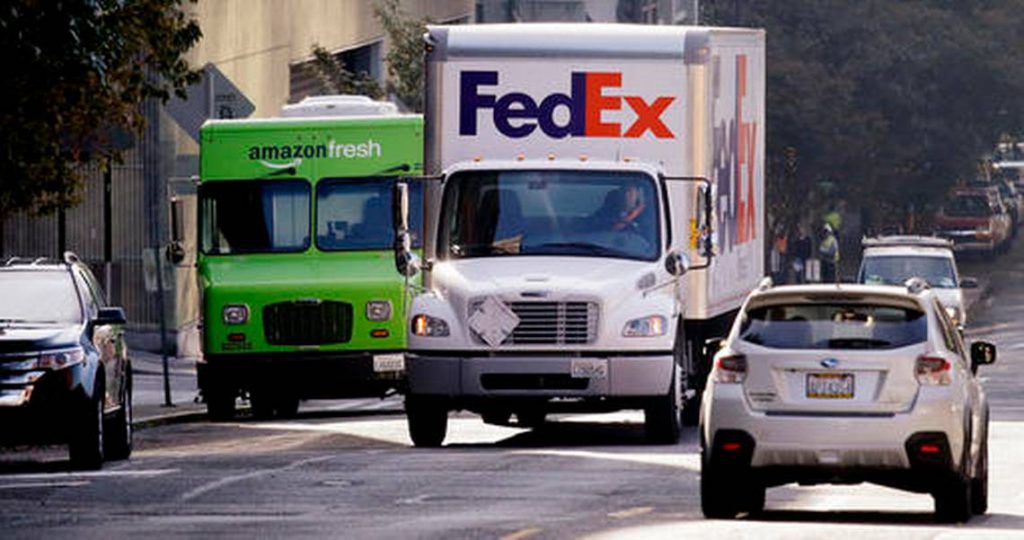
Finding a parking place in busy urban areas is a major headache for freight delivery drivers.
But help for them may be available through artificial intelligence and machine learning in an app being developed at Pacific Northwest National Laboratory in Richland.
The Department of Energy lab is using $1.5 million from DOE’s Office of Energy Efficiency and Renewable Energy’s Vehicle Technologies Office to develop, test and improve technologies aimed at cutting driver time.
It could further DOE goals to reduce fuel use if drivers spend less time looking for a parking space.
Freight companies would benefit from a mechanism that helps drivers identify open parking close to a delivery location.
The sweet spot for a delivery is the “final 50 feet”— where a delivery driver stops to deliver their freight.
“Significant growth in online shopping is causing increasing demand for urban deliveries, whereas space for delivery vehicles to travel and park is limited,” said Anne Goodchild, a researcher at the University of Washington’s Urban Freight Lab.
The UW Urban Freight Lab brings together private business, public transportation agencies and researchers to help solve freight management issues.
“This project is the first attempt to quantify the problems related to a lack of available parking in urban areas and pilot test technologies that can improve the efficiency of the urban delivery system,” Goodchild said.
APP TO PREDICT PARKING
Urban Freight Lab enlisted PNNL in creating an app that will inform drivers of probable open parking spots — helping to reduce double parking, blocked traffic and parking fines.
Working directly with drivers, PNNL developed the app to include features most usable to freight deliverers. It needs to make accurate predictions of an open parking spot and curb space.
In a second phase of the project, the Urban Freight Lab will contract with a parking sensor company to install sensors in an eight-block study area in downtown Seattle to collect data about parking spots and occupancy.
Once the data is collected, PNNL will process and analyze the data and then feed it to an algorithmic model.
“Historical data, like truck size, type of delivery and how long a truck stays at a location, combined with real-time data from the sensors will allow us to ‘train’ the model,” said PNNL team member John Feo, who will use his artificial intelligence expertise to inform the app.
The goal is to inform parking recommendations for the app, so that there is high probability that a space is opening up, according to PNNL.
CURBSIDE DELIVERIES
The Urban Freight Lab also has plans to place lockers near curbside to make delivery more efficient.
Among benefits would be eliminating the need for drivers to travel up several floors of a building to drop off packages.
In the project’s first of three years, the team is making strides in delivery efficiency in Seattle’s bustling, congested streets, according to PNNL.
“Some of the drivers have had their routes for years, they know their routes very well and the parking situations,” said PNNL’s Lyndsey Franklin, one of the designers of the app.
She rode along with drivers from Charlie’s Produce and UPS.
“I see this app really helping new drivers hired for seasonal conditions, like Christmas,” she said. “It will also help more seasoned drivers when conditions pop up, like construction hindering access, so they are not taken by surprise.”